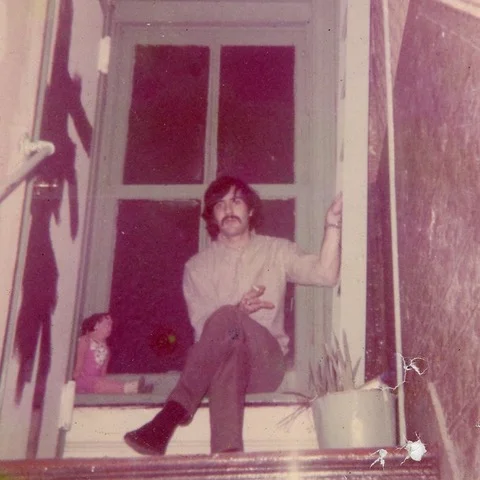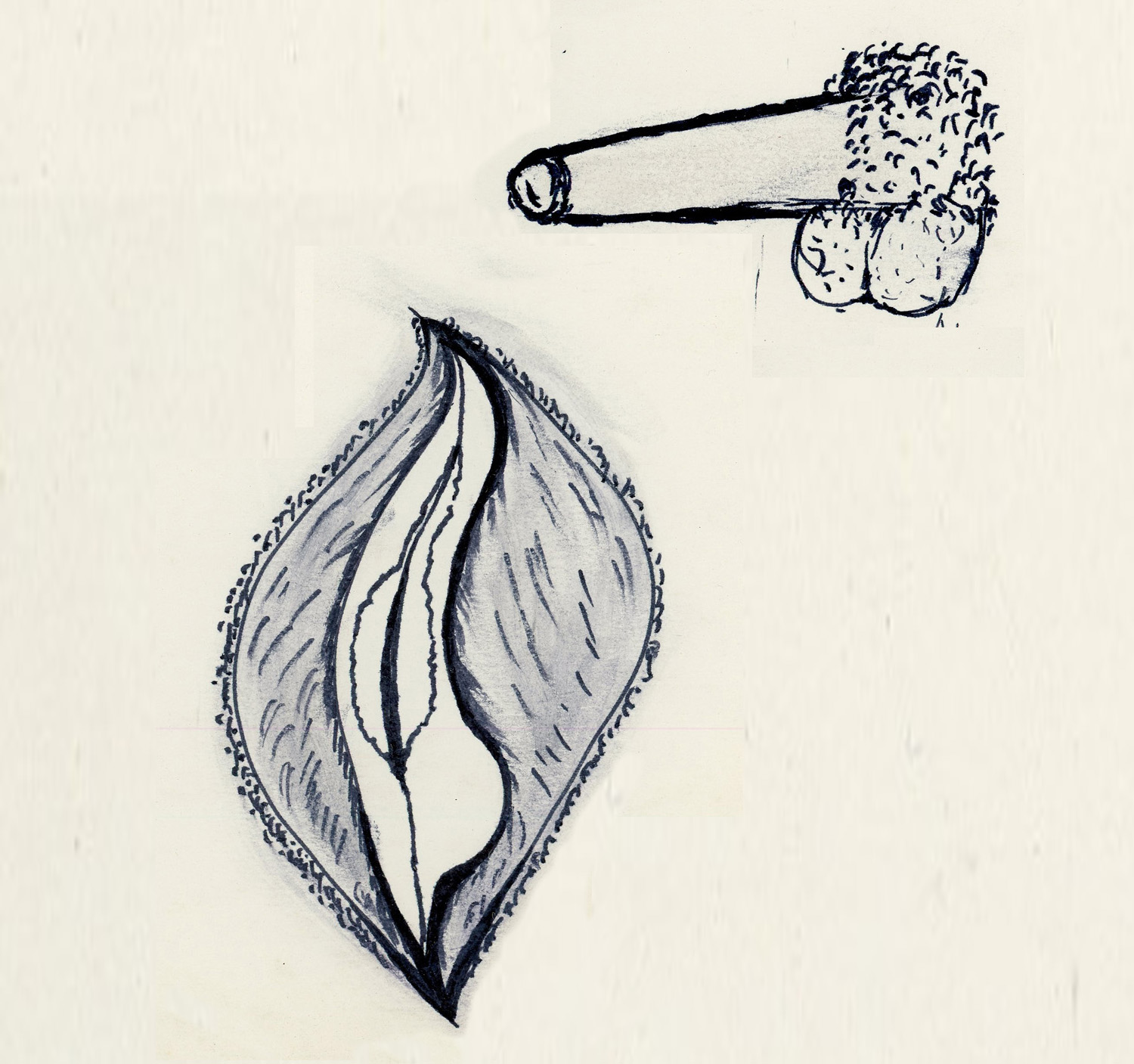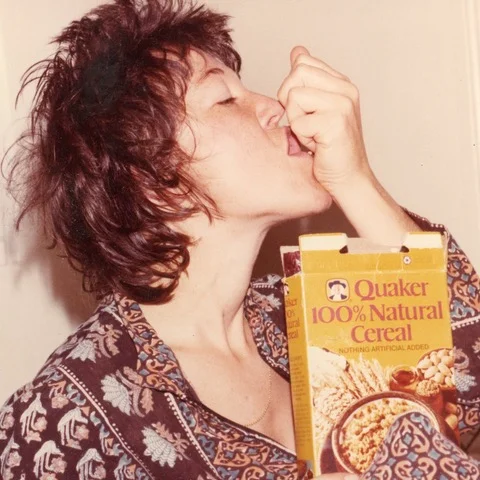IN SHORT: AN ILLUSTRATED INDEX
View from the top floor
Marc H Miller
I came to New York from California in 1968 to study art history at the Institute of Fine Arts, a New York University graduate school grandly housed in the Duke Mansion on the corner of Fifth Avenue and 78th Street. I did eventually get my doctorate but from the beginning I was also tempted to pursue my own art and be part of the bohemian life of Downtown New York. What follows is my story -- in vintage pictures -- of the people, places, music and art that I experienced during the twenty years I lived at 98 Bowery.
I. 98 Bowery, 1969 - 89
I was living with my California friend, Carla Dee Ellis, in a small apartment on Thompson Street. When we heard that an 1800 square-foot top floor loft was available in an old flop house at 98 Bowery we eagerly grabbed the lease. The loft was raw, but the rent was only $175 a month.
Back in 1969 the Bowery was New York’s skid row dominated by bars and drunks sleeping on the streets. Harry’s Bar was on the ground floor at 98 Bowery so we often had to push away inebriated men to enter the building. Less visible were the artists and bohemians living in the area’s upper floors in spaces that once housed factories and warehouses.
II. Conceptual Art, 1969 - 78
I began as a painter, but soon converted to conceptual art, an art form that emphasized an “idea” and often incorporated photographs, words and performance. One of the best things about living on Bowery was that it was only a short walk to Soho, the new gallery district. In 1977 I began to hang out at the Fine Arts Building in Tribeca just south of Soho. Here my work was included in exhibitions that launched a new type of conceptual art concerned with politics, gender and other real-life issues.
My brand of conceptual art was interactive and involved getting people to write and draw. Over time my work became more collaborative and I formed partnerships with others like the Dutch photographer and art therapist Bettie Ringma, with whom I worked for close to eight years.
III. Punk Years, 1976 - 79
By the mid-1970s the center for new art moved east, towards the East Village and the Lower East Side. As 98 Bowery was just a few blocks from CBGB at 304 Bowery, starting in 1976 Bettie and I became regulars witnessing up close the rise of Punk as an international cultural phenomenon. Many of the people at CBGB were visual artists so when Alice Denney asked us in 1978 to organize an exhibition at the Washington Project for the Arts we drew from that pool of talent and called it “Punk Art.”
Increasingly Bettie and I saw our own art as part of that context. Our “Paparazzi Self-Portraits,” incorporated the imagery, aggression and populist economics of Punk. Soon our downstairs neighbor Curt Hoppe joined our enterprise adding his skill as a hyper-realist painter. Paul Tschinkel video-taped many of our performances.
IV. Idyll in Holland, 1979 - 81
After living five years in the United States Bettie was eager to return to her native country and I was more than happy to join her in Amsterdam to live on a houseboat ideally situated on the Prinsengracht right opposite the Anne Frank House.
Karen Kvernenes who ran the gallery and bookstore Art Something asked us to mount a small version of “Punk Art.” For money, Bettie and I sold instant Polaroid portraits in the city's bars and clubs. When Polaroid Corporation gave us free film to take second shots, Karen helped us organize the exhibition “Amsterdam Privé.” A large spread of our bar photos in the popular weekly magazine Nieuwe Revu was the first of many articles they commissioned that allowed us to transform our art ventures into the format of popular journalism.
V. BACK ON BOWERY, 1981 - 85
When Bettie and I returned to New York in summer 1980, we discovered that much had changed in the year we had been away. The East Village was now filled with art galleries and new clubs that were as much about art as music. Many of the people whom we knew from CBGB and the Punk Art exhibition were active in the evolving scene.
In 1982 Bettie and I mounted the exhibition “Unforgettable Moments Drawn by Real life People” at ABC No Rio, a raw alternative space founded by members of the artist group COLAB. These were busy years for me: I wrote a monthly column, "Miller's Memorabilia" for the East Village Eye; worked with Paul Tschinkel on ART/new york, a video magazine about art; and co-edited with Alan W. Moore the book ABC No Rio; The Story of a Lower East Side Art Gallery (1985).
VI. Bowery to Queens Museum, 1985 - 89
The year 1985 took me in a new direction. After answering an ad in the New York Times, I was appointed curator at the Queens Museum. For most of my time at the museum, I still lived at 98 Bowery, driving my car the forty-five minutes out to Flushing Meadows Park, where the Queens Museum is located.
As curator, I worked with many downtown artists, but I also organized events and exhibitions connected to the museum’s principal attraction the Panorama of New York City, a giant model of the city; and to the 1989 anniversaries of the two New York World’s Fairs which took place in 1939 and 1964 at Flushing Meadow. In 1994 I curated an exhibition about the jazz musician Louis Armstrong who lived in Corona a mile from the museum. An unexpected epilogue to my Queens Museum and Bowery story came about in 2016 when I curated an exhibition about the Ramones who grew up in Forest Hills, a mile from the museum.








































